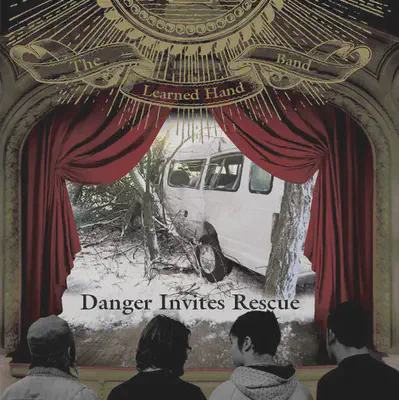Review Session - Causation
But first…
Danger invites rescue

Danger invites rescue
Outlining
What is the purpose of an outline?
Blueprint
Roadmap
Instruction manual
Instructions for
processing unfamiliar facts
Exam writing process
- Identify the issue
- State the correct legal rule
- Apply the rule to the facts
- Analyze nuances (like gaps, contradictions, ambiguities)
Structural pattern in outline
Issue — Rule — Application — Nuances
Factual Causation Rule?
Factual Causation Rule: “But for” the defendant’s negligence, the harm to the plaintiff would not have occurred.
Factual Causation Rule: “But for” the defendant’s negligence, the harm to the plaintiff would not have occurred. Application?
Factual Causation Rule: “But for” the defendant’s negligence, the harm to the plaintiff would not have occurred. Application: Imagining that the defendant had not acted negligently, would the harm still have occurred?
Factual Causation Rule: “But for” the defendant’s negligence, the harm to the plaintiff would not have occurred. Application: Imagining that the defendant had not acted negligently, would the harm still have occurred? Nuances?
Factual Causation Rule: “But for” the defendant’s negligence, the harm to the plaintiff would not have occurred. Application: Imagining that the defendant had not acted negligently, would the harm still have occurred? Nuances: — Multiple sufficient causes — Multiple possible causes —— “What” caused harm? —— “Who” caused harm? — Toxic harms
Factual Causation Rule: “But for” the defendant’s negligence, the harm to the plaintiff would not have occurred. Application: Imagining that the defendant had not acted negligently, would the harm still have occurred? Nuances: — Multiple sufficient causes —— Rule: —— Application: —— Nuances: — Multiple possible causes —— “What” caused harm? ——— Rule: ——— Application: ——— Nuances: —— “Who” caused harm? ——— Rule: ——— Application: ——— Nuances: — Toxic harms —— Rule: —— Application: —— Nuances:
Exercise #1
A chestnut tree from Tortfeasor Farms, the defendant in this case, fell over during a violent windstorm, crushing the roof of a car driving on the road beside the farm and injuring a passenger in the car, the plaintiff in this case. On this particular country road, the speed limit is thirty miles per hour. The driver of the car had been driving fifty miles per hour. If the driver had not been driving in excess of the speed limit, the car would not have been under the chestnut tree at the moment that it fell, and the plaintiff would not have been injured.
Tortfeasor farms seeks to dismiss the negligence case against it because the driver’s excessive speed was an intervening cause of the injury. How do you rule and why?
Exercise #2
While driving down a residential street, Sidney Greene looked down at her car’s display to skip forward on a podcast that she was listening to. When Greene’s attention returned to the road, she saw a pedestrian, Lamar Boyd, crossing a crosswalk about twenty feet ahead. Greene slammed on the brakes and swerved to the right side of the road where her car collided with a set of garbage cans that a local homeowner, Wilma Cooper, had set out for trash collection. As it turns out, there was no trash collection scheduled for that day. Cooper was tired of wheeling her trash can back and forth from the street each week, so she had decided to keep the trashcan at the curb. A local ordinance only allowed people to leave their trashcans in the street on trash collection day.
As a result of Greene’s collision with the trashcan, trash and debris flew across the road, including a banana peel, which landed in the crosswalk. Not seeing the banana peel, Lamar Boyd stepped on it, slipped, and broke his leg.
Exercise #2
Boyd is now suing both Greene and Cooper. Greene seeks to dismiss the case against her for two independent reasons:
- The trashcans that Cooper put out were an intervening cause of Boyd’s injuries
- Greene did not proximately cause Boyd’s injuries
Cooper seeks to dismiss the case against her for two independent reasons:
- Cooper did not breach a duty of care to Boyd
- Cooper did not proximately cause Boyd’s injuries
How do you rule and why?